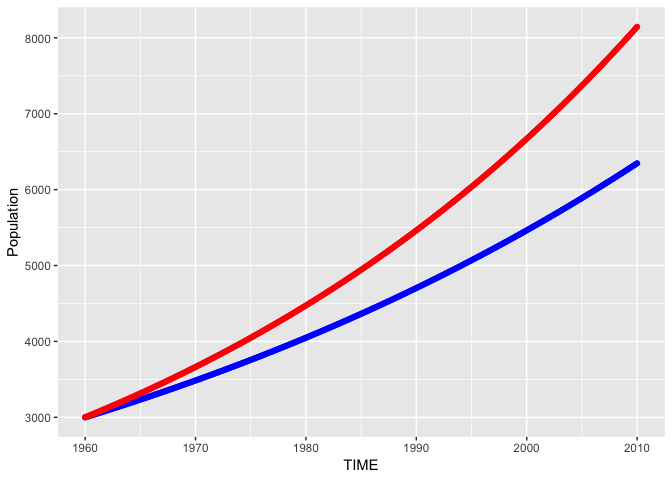
The hardware and bandwidth for this mirror is donated by METANET, the Webhosting and Full Service-Cloud Provider.
If you wish to report a bug, or if you are interested in having us mirror your free-software or open-source project, please feel free to contact us at mirror[@]metanet.ch.
An R wrapper for pysd, using the CRAN reticulate package.
The goal of this package is to allow R users run system dynamics models using pysd, (designed and developed by James Houghton). The pysd project “is a simple library for running System Dynamics models in python, with the purpose of improving integration of Big Data and Machine Learning into the SD workflow.”
The pysd system must be installed before installing this package: see pysd installation instructions
pysd2r has been tested with python3, and the following command was used to install pysd from source.
python3 setup.py install
Given R’s facility for also providing big data and machine learning support, this package opens up the functionality of pysd for R users, and provides an interface to the basic set of methods provided by pysd, including the functions:
The API provide by pysd2r includes the following functions (for list of parameters type ?function_name in R) which call the mapping functions in pysd.
You can install pysd2r from github with:
# install.packages("devtools")
devtools::install_github("JimDuggan/pysd2r")The following example shows how pysd2r can be used to run a simulation model (Population.mdl which is a one-stock Vensim model of population growth).
## basic example code
library(pysd2r)
#> Welcome to package pysd2r.
library(ggplot2)
target <- system.file("models/vensim", "Population.mdl", package = "pysd2r")
py <- pysd_connect()
py <- read_vensim(py, target)
results <- run_model(py)
l <- list("Growth Fraction"=0.02)
set_components(py,l)
out2 <- run_model(py)
ggplot(data=results)+
geom_point(aes(x=TIME,y=Population),colour="blue")+
geom_point(data=out2,aes(x=TIME,y=Population),colour="red")
The following example shows how pysd2r can be used to run an ensemble of simulations.
library(pysd2r)
library(ggplot2)
library(plyr)
library(dplyr)
#>
#> Attaching package: 'dplyr'
#> The following objects are masked from 'package:plyr':
#>
#> arrange, count, desc, failwith, id, mutate, rename, summarise,
#> summarize
#> The following objects are masked from 'package:stats':
#>
#> filter, lag
#> The following objects are masked from 'package:base':
#>
#> intersect, setdiff, setequal, union
target <- system.file("models/vensim", "Population.mdl", package = "pysd2r")
gr <- seq(0.01,0.04,by=0.0025)
py <- pysd_connect()
py <- read_vensim(py, target)
ans <- lapply(gr, function (g){
l <- list("Growth Fraction"=g)
set_components(py,l)
out <- run_model(py)
out$Key <- paste0("GR=",g)
out <- select(out,TIME,Population,Key)
})
full <- rbind.fill(ans)
ggplot(data=full)+
geom_point(aes(x=TIME,y=Population,colour=Key))
These binaries (installable software) and packages are in development.
They may not be fully stable and should be used with caution. We make no claims about them.